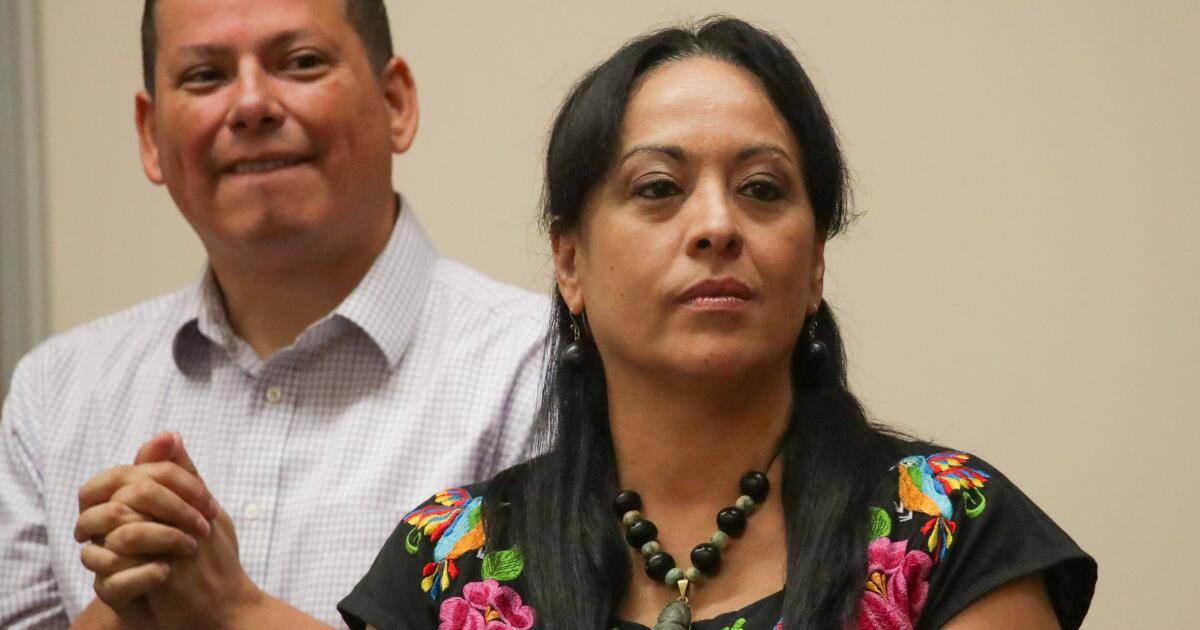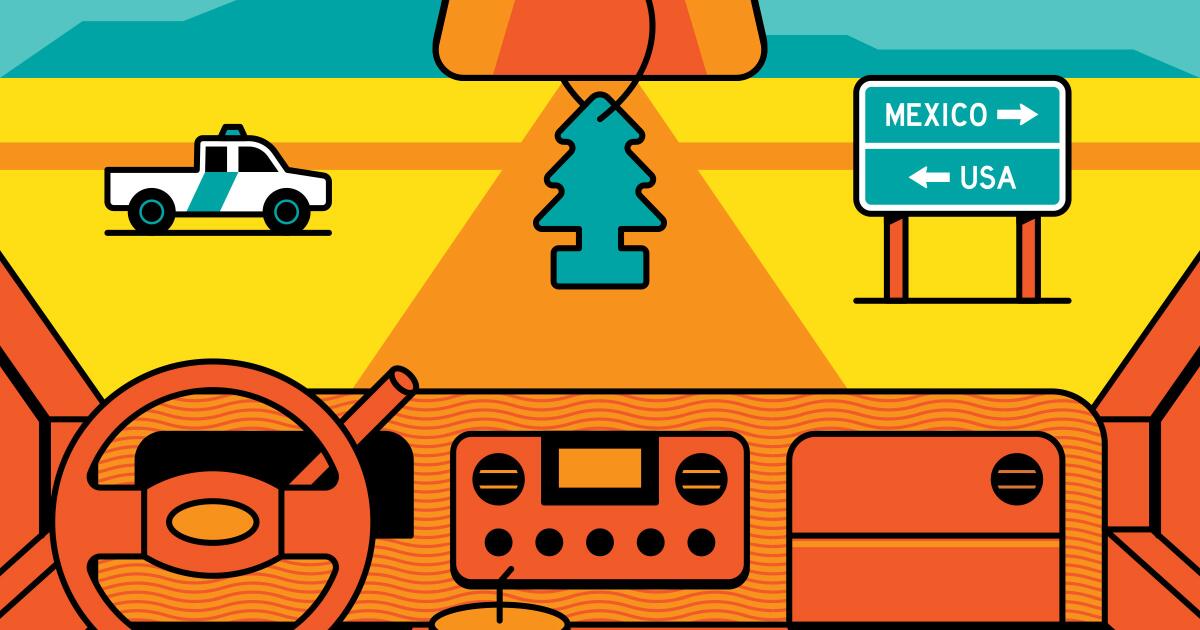Reports about the death of Canada’s immigration consensus have arguably been exaggerated. But there are warning signs — both for the public’s attitude toward immigration and for the Trudeau government’s legacy.
The clearest evidence that the consensus is in some danger can be found in polling conducted by the Environics Institute. For 50 years, Environics has been asking Canadians whether they agree or disagree with the statement that “overall there is too much immigration in Canada.”
For nearly 25 years, starting in the late 1990s, a majority of Canadians disagreed with that statement. In 2022, the gap was particularly wide — 69 per cent disagreed, just 27 per cent agreed.
But when Environics asked again in 2023, the numbers had shifted markedly — just 51 per cent disagreed and 44 per cent agreed. And the latest round of polling shows that opinion has fully flipped, with 58 per cent now agreeing that there is too much immigration and just 36 per cent disagreeing.
The concerns underpinning that shift are instructive.
In 2022, 15 per cent of those who told Environics there was too much immigration cited concerns about the availability and cost of housing. By 2023, the share of people citing housing had shot up to 38 per cent (for 2024, it was 33 per cent). Another 21 per cent of those polled who think there is too much immigration now say they think the immigration system is poorly managed by the federal government.
The concern about housing could just as easily be framed as a problem not of too many immigrants but of too few houses. But Environics’ findings do a lot to explain why Prime Minister Justin Trudeau and Immigration Minister Marc Miller announced on Thursday that the federal government’s annual targets for accepting new permanent residents are being significantly curtailed.
“It reflects the fact that we have and we will continue to listen to Canadians,” Miller said.
What the government heard was that, while Canada remains an “open country,” many Canadians are concerned about “volume,” Miller said.
The Liberal government has announced major cuts to its immigration targets to “stabilize population growth and relieve pressure on the housing market.’ Canada will reduce the number of permanent residents in 2025 from 500,000 to 395,000, a drop of 21 per cent.
That same Environics polling offers some support for this more nuanced view of the Canadian consensus.
While public opinion about the relative level of immigration has changed, 68 per cent of Canadians agree that the economic impact of immigration is positive. That number is 15 points lower than it was in 2022, but still 12 points higher than in 1993. The basic consensus is still holding.
Meanwhile, of those who feel Canada’s current level of immigration is too high, just 10 per cent said immigration poses a threat to Canadian values or identity.
The Liberals learn you can have too much of a good thing
The Trudeau Liberals came to office promising to resettle 25,000 refugees from Syria and turn the page on a Conservative government that worried about “barbaric cultural practices” and what people wore to citizenship ceremonies.
Once in office, the Liberals then increased annual immigration, buoyed by advice that more newcomers would offset an aging workforce and strengthen the economy. An embrace of newcomers became central to both the Liberal government’s political brand and its economic policy.
There were rough spots — most notably the political outcry that surrounded Roxham Road. But against a backdrop of Donald Trump’s administration in the United States and rising anti-immigrant sentiment in other Western countries, Canada’s apparent embrace of pluralism and immigration was held out as both a novelty and a virtue.
Just two years ago, the Washington Post took note of Marc Miller’s predecessor — Sean Fraser, now the minister for housing — stating that “Canada needs more people.” But the Liberal government has spent the past year acknowledging that it’s possible to have too much of a good thing.
In January, Miller announced a new cap on international student permits. In August, the government imposed new limits on the temporary foreign worker program. Those two programs drove a surge in non-permanent residents. Now, the Liberals have also trimmed their sails on permanent immigration.
The federal government’s immigration plan is getting plenty of reaction, especially in B.C. Critics say newcomers are being characterized as problems when it comes to housing and affordability, when in fact they ought to be seen as the solution. Belle Puri reports.
The federal government loosened restrictions on foreign workers in 2022 amid concerns about post-pandemic labour shortages — changes that were applauded by business groups. And Miller also argues that provinces and post-secondary institutions share the responsibility for bringing in more international students than they could reasonably accommodate.
Miller also notes that higher immigration likely has helped spare Canada from slipping into recession. But the minister concedes that the federal government bears some responsibility for the situation it is now trying to correct.
“We do have to accept the measure of the responsibility that’s there,” he told me in an interview earlier this fall, a sentiment he repeated this week.
Will Canada’s embrace of immigration continue?
That responsibility is ultimately not just to the system itself, but to the public’s faith in that system and support for immigration in general. If the government acted too slowly to correct course, it would be endangering both things. And it no doubt would be a bitter pill for Trudeau if one of the legacies of his time in office was lasting damage to the public’s attitude toward newcomers.
“Immigration is vital to our future and as a federal government, we have to make sure that that pride, that faith in immigration is not undermined,” Trudeau said Thursday.
It’s too early to say whether the last few years have done any lasting damage to the public’s attitude toward immigration — or whether any future government will see something to be gained from cutting the flow of newcomers even more. But it’s possible that both the broad direction established by the Liberals and the basic imperatives that underpinned the Canadian consensus will prevail.
The federal government’s new targets represent a significant decrease from recent years. In each of the last three years, more than 400,000 people have become permanent residents; that annual intake number is now set to fall to 365,000 by 2027. But that still represents an increase over immigration levels during the previous Conservative government’s time in office — from 2006 to 2015, annual totals were never lower than 237,000 and never higher than 272,000.
While Conservative Leader Pierre Poilievre has heaped scorn on the Liberals over their handling of the immigration file, he also has stopped short of saying he would implement actual cuts. He has said only that he would use an unspecified “mathematical formula” — one that takes into account housing construction and access to health care services — to determine Canada’s immigration targets.
It’s also notable (though perhaps not surprising) that, the swing in public opinion notwithstanding, the federal government’s announcement this week has drawn some criticism and concern — from economists and business groups, but also provincial politicians.
“It seems that the government might be overreacting,” the director of the Canadian Chamber of Commerce told the Toronto Star.
“We were quite disappointed today to hear the new federal plan,” Sarah Stoodley, Newfoundland’s minister of immigration, told CBC’s Power & Politics on Thursday. “We’re doing some math — looks like a 42 per cent decrease, potentially, for us from our economic immigration streams, which is quite severe.”
New Brunswick’s premier-designate Susan Holt said “newcomers have contributed greatly to our province … So we need to be really thoughtful and careful about how we manage immigration in New Brunswick.”
If Canada is a country that has become uncomfortable with recent levels of immigration, it’s also apparently still a country whose leaders worry about not welcoming enough newcomers.




